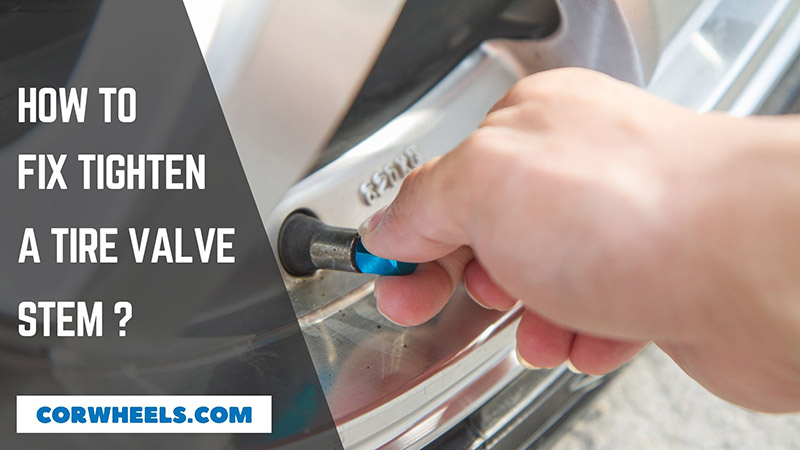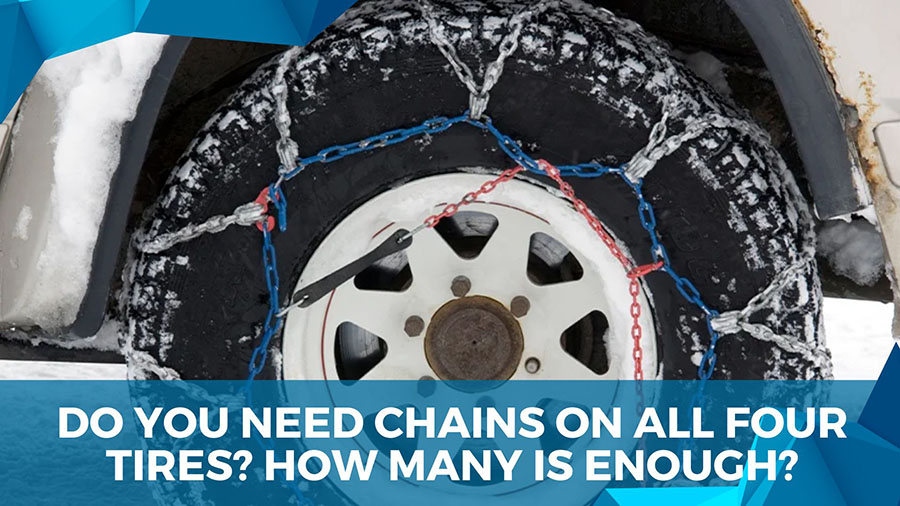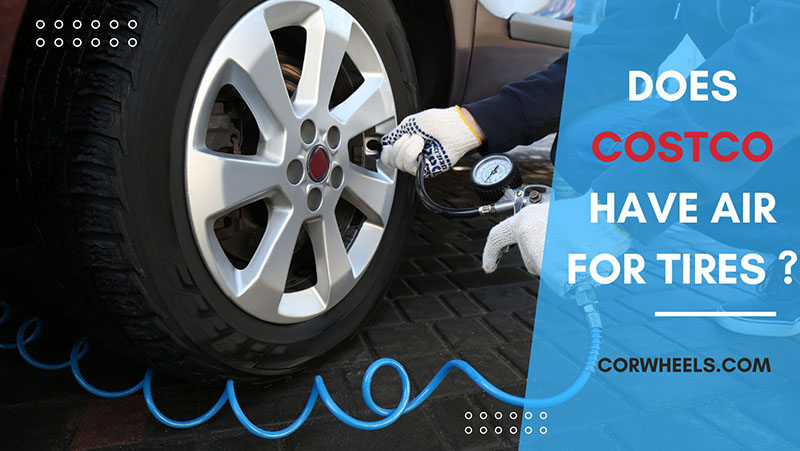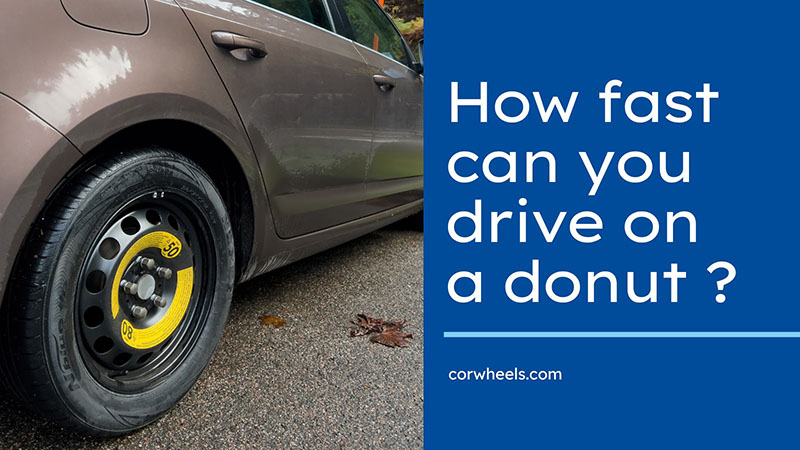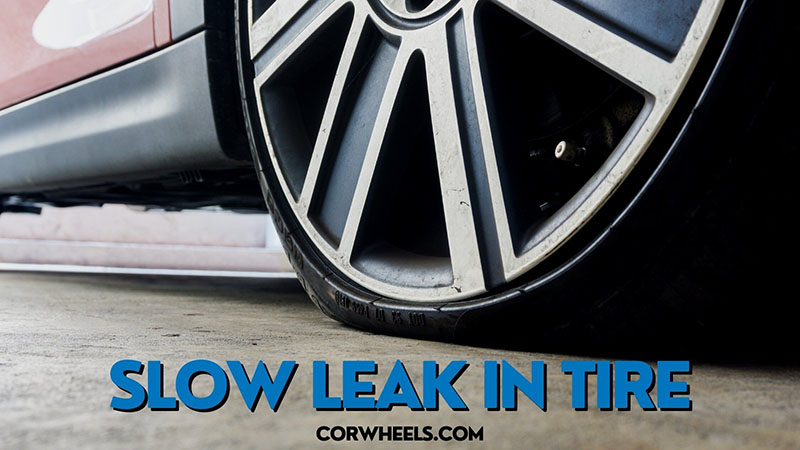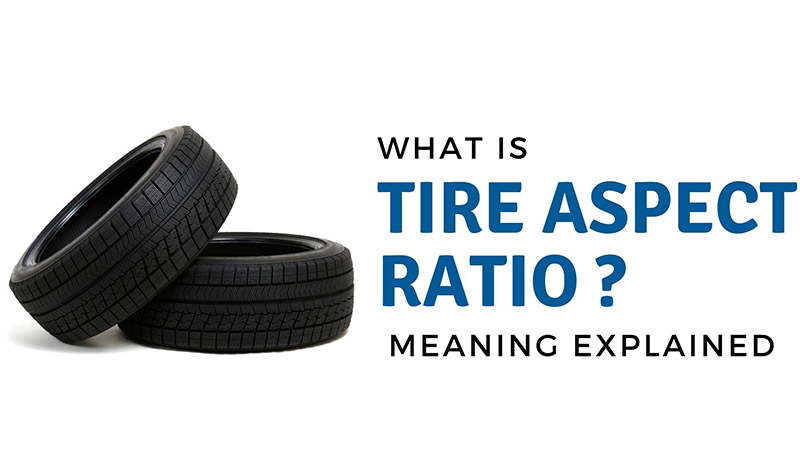Properly inflated tires are essential for safe driving, and tire valve stems play a crucial role in maintaining tire pressure. However, these components can become loose over time, causing air leaks and reduced tire pressure.
It’s important to tighten loose valve stems as soon as possible to prevent further damage to the tires and ensure safe driving conditions. This article will walk you through a step-by-step guide on how to fix a leaking valve stem base, both with and without a tool, so you can easily do it yourself and keep your tires in good shape.
In this article:
When You Need To Tighten A Tire Valve Stem?
Over time, valve stems can become loose due to dirt accumulating, vibration wheel traveling, or wear and tear. Below are some signs showing that you need to fasten the valve stem.
TPMS

The TPMS (tire pressure monitoring system) is an essential safety feature in modern vehicles that monitors the air pressure in the tires. When you notice air coming out of tire valve, forcing the air pressure to drop.
As a result, the TPMS will trigger a warning light on the dashboard. In this case, you should check the tire valve stem hole for tightness immediately.
Poor Fuel Economy
In case of a loose or broken tire valve stem, air can escape from the tire, dropping the tire pressure. As a result, the tire’s rolling resistance increases, making the engine work harder to maintain the same speed.
This extra effort from the engine ends up with decreased fuel efficiency. If you notice a sudden drop in fuel economy, it may be due to a leaky valve stem.
Strange Noises
If you hear a hissing sound coming from one of the tires, it could be a sign of a loose tire valve stem. As air escapes from the tire, it creates a hissing sound that can be heard from outside the vehicle.
When the leak is so severe and the sound is more noticeable, I can even feel the flow of air coming out when putting my finger on the open valve.
Steering Problems

When a tire loses air pressure due to a faulty valve stem, it can cause steering problems. The vehicle may pull to one side or feel unstable on the road.
This is because the tire’s contact patch with the road changes, affecting the vehicle’s handling. If you experience any unusual steering behavior, it’s essential to check the tire valve stems.
How To Tighten A Tire Valve Stem
If you notice an issue with your vehicle’s performance, you can fix it yourself by following this simple procedure.
Materials Needed
- A valve stem tool (can be purchased at an auto parts store or online)
- A tire pressure gauge
- A can of compressed air or an air compressor (optional)
How To Do It
Step 1: Remove the valve cap
Remove the valve cap from the valve stem using your fingers or a valve cap tool.
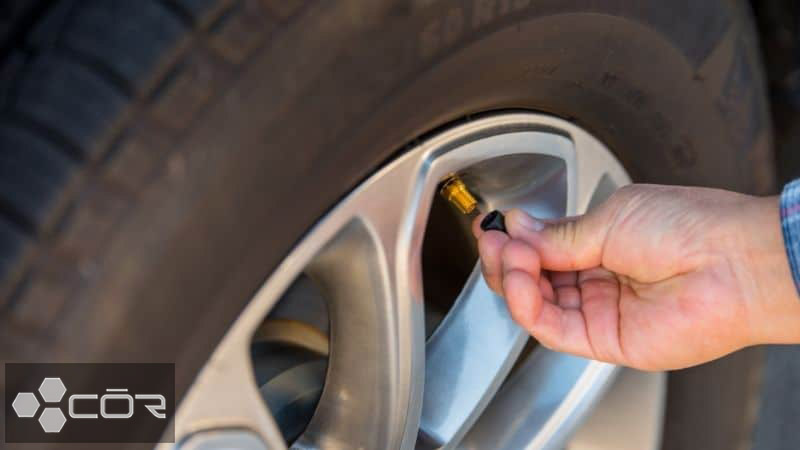
Step 2: Check the valve stem for looseness
Use your fingers to wiggle the uncapped valve stem back and forth. If it feels loose, it needs to be tightened.
Step 3: Use a valve stem tool to tighten the valve stem
Insert the valve stem tightener tool onto the stem and turn it clockwise to tighten it. Be careful not to over-tighten, as this can cause damage to the valve stem. Tighten it until it feels snug.
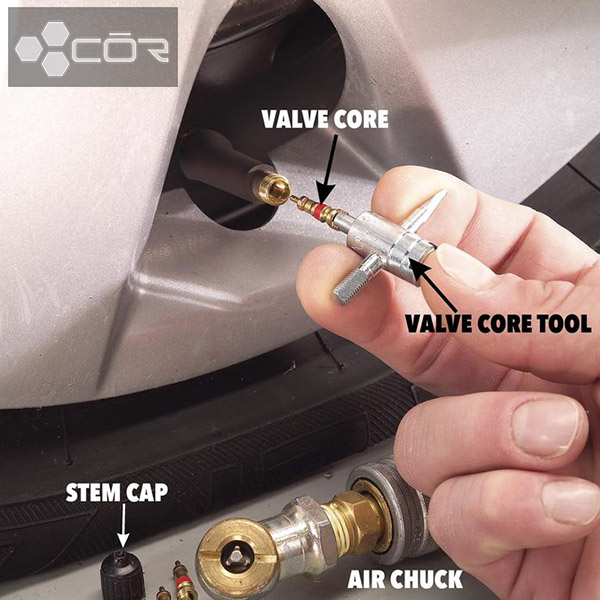
Step 4: Check the tire pressure
Use a tire pressure gauge to check the tire pressure. If it’s lower than the recommended pressure, use a can of compressed air or an air compressor to fill the tire to the correct pressure.
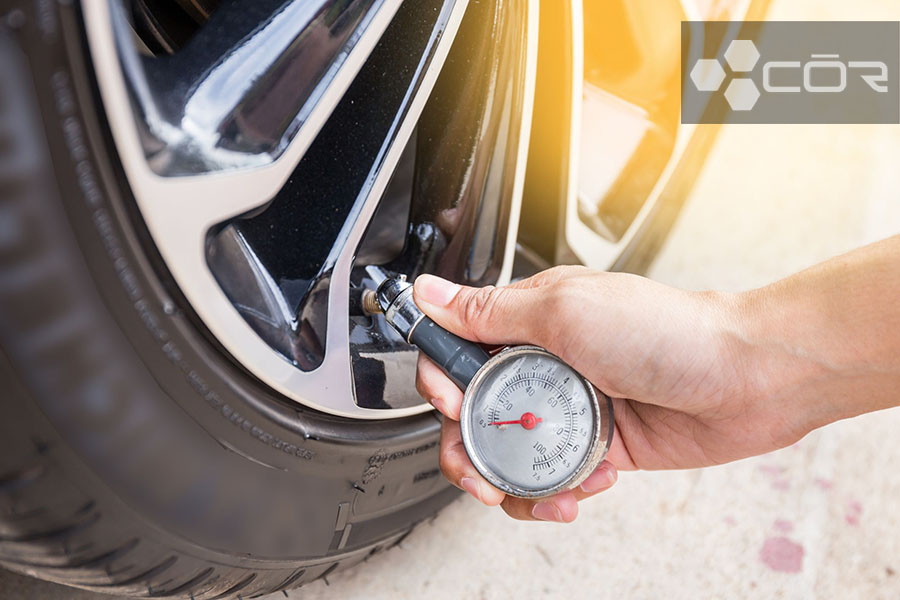
Step 5: Check the valve stem for leaks
After tightening the valve stem and inflating the tire, check the valve stem for any air leaks. You can do this by applying soapy water and looking for bubbles. If you see bubbles, the valve stem is still loose and needs further tightening.
Step 6: Put the valve cap back
Once you’ve tightened the valve stem and checked for leaks, reinstall the valve cap by screwing it back onto the valve stem.
It’s best to replace it with a new one if you notice any sign of cracks.
Step 7: Repeat for all four tires
If you’ve noticed a broken valve stem on one tire, it’s a good idea to check and tighten them on all four tires.
How Do You Tighten A Tire Valve Without A Tool
Tightening a tire valve leak without a tool may be challenging, but it is still possible to do it if you follow my steps.
Materials Needed
- Pliers (optional)
- A cloth or rag
How To Do It
Step 1: Remove the valve cap
Remove the valve cap from the valve stem with your fingers.
Step 2: Check the valve stem for looseness
Use your fingers to wiggle the valve stem back and forth. If it feels loose, it needs to be tightened.
Step 3: Use pliers to tighten the valve stem (optional)
If you have a pair of pliers available, you can use them to tighten the valve stem. Hold the valve stem steady with the pliers and turn it clockwise to pull it. Be careful not to over-tighten, as this can cause damage to the valve stem.
Step 4: Use a cloth or rag to tighten the valve stem
If you don’t have pliers, you can use a cloth or rag to tighten the valve stem. Hold the valve stem steady with the fabric or rag and turn it clockwise.
This is just a temporary fix, so be careful not to use too much force, as this can cause the valve stem to break.
Step 5: Check the tire pressure
Use a tire pressure gauge to check the tire pressure. If it’s lower than the recommended pressure, use a can of compressed air or an air compressor to fill the tire to the correct pressure.
Step 6: Check the valve stem for leaks
After tightening the valve stem and inflating the tire, check the valve stem for any air leaks.
Step 7: Reinstall the valve cap
Once you’ve tightened the valve stem and checked for leaks, put the valve cap back by screwing it back onto the valve stem.
Step 8: Repeat for all four tires
Checking and tightening the valve stems on all four tires is a smart idea if you’ve discovered a loose valve stem on one tire.
How To Fix A Leaky Tire Valve Stem
Fixing a tire valve leak is an important task to ensure your vehicle is operating safely and efficiently.
Materials Needed
- A valve core tool (can be purchased at an auto parts store or online)
- A valve core replacement
- A tire pressure gauge
- A can of compressed air or an air compressor
How To Do It
Step 1: Remove the valve cap
Using your fingers or a valve cap tool, remove the valve cap.
Step 2: Check the valve stem for leaks
Use your fingers to feel for air escaping from the valve stem. If you feel air escaping, the valve stem is leaking.
Step 3: Remove the valve core
Use a valve core tool to remove the valve core from the valve stem. Place the tool onto the valve stem and turn it counterclockwise until the valve core is free.
Step 4: Inspect the valve core
Inspect the valve core for any damage or debris that may be causing the leak. If the valve core is damaged, replace it with a new one. If it is dirty, clean it with a cloth or rag.
Step 5: Install the new valve core
Insert the new valve core into the valve stem and use the valve core tool to turn it clockwise until it is snug.
Note: a tire valve stem replacement is recommended instead of just tightening because the leak is likely to come back.
Frequently Asked Questions
How Tight Should A Stem Valve Be?
A stem valve should be tightened until it is snug but not over-tightened, as this can damage the valve and cause leaks. The recommended torque specification for a valve stem is typically around 4 to 6 ft-lbs.
Why Is Air Coming Out Of My Tire When I Try To Fill It?
Air may be coming out of your tire when you try to fill it due to a damaged valve stem, a puncture or tear in the tire, or a problem with the rubber seal between the tire and wheel. It’s important to identify and fix the issue to ensure safe driving.
Why Is My Tyre Pressure Dropping But No Puncture?
There are several reasons why your tire pressure may be dropping without a puncture, including temperature changes, leaks around the valve stem, and damage to the wheel. You should diagnose and address the root cause soon to prevent potential safety hazards and damage to your vehicle.
Can Too Much Air In Tire Be Bad?
Yes, too much air in a tire can be bad as it can decrease traction, cause uneven wear, and potentially damage the tire or cause a blowout.
The Bottom Line
Loose tire valves may seem like a minor issue. Still, it can have serious consequences on your vehicle’s performance and safety. Follow my steps, and you can fasten it quickly and easily and prevent air leaks, strange noises, and other problems.
Regularly checking your tire pressure and valve stems is crucial to vehicle maintenance. Doing this will ensure your vehicle operates at its best, save money on costly repairs, and have a safer and more comfortable driving experience.
See more: Why Does My Tire Keep Losing Air?

